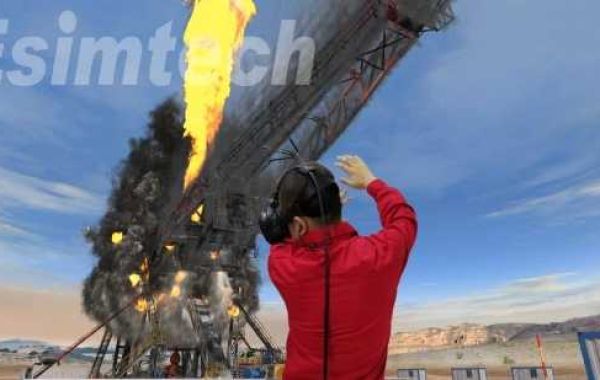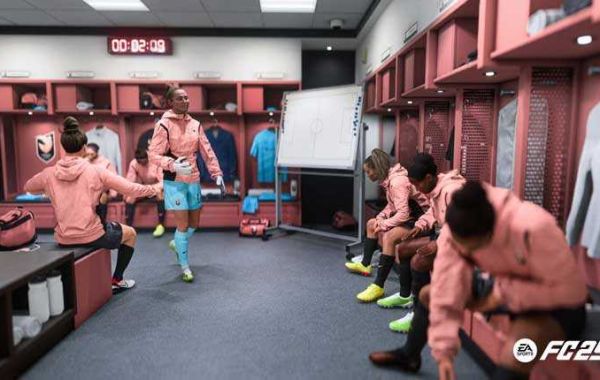Virtual Reality (VR) simulation is emerging as a game-changer, offering a safe, immersive environment for both emergency response training and assessment.
The Advantages of VR for Competency Evaluation:
Enhanced Realism: VR simulations create incredibly lifelike scenarios, replicating the sights, sounds, and even emotions of real-world emergencies. This allows assessors to gauge how individuals react under pressure, make critical decisions, and perform emergency procedures with a level of detail previously unattainable.
Standardized Scenarios: Unlike traditional simulations prone to inconsistencies, VR allows for the creation of standardized scenarios with varying difficulty levels. This ensures a fair and objective assessment process, eliminating variables like actor performance or unpredictable environments.
Data-Driven Insights: VR simulations can track a participant's every action, decision, and response time. This wealth of data provides invaluable feedback for assessment purposes and allows for the creation of personalized training plans to address specific weaknesses.
Cost-Effectiveness and Scalability: VR offers a significant advantage over resource-intensive, location-dependent traditional methods. VR training and assessment can be conducted anywhere with the necessary equipment, making it a cost-effective and highly scalable solution.
Targeted Skills Assessment: Assessors can tailor VR scenarios to evaluate specific skillsets critical to various emergency roles. Examples include communication, teamwork, risk assessment, and decision-making under pressure, providing a more comprehensive picture of an individual's competency.
VR in Practice:
Firefighters: VR simulations can immerse firefighters in realistic fire scenarios, allowing them to practice search and rescue techniques, assess fire behavior, and hone decision-making skills in a safe environment.
Paramedics: Virtual patients with diverse injuries and illnesses can provide a safe platform for paramedics to refine their clinical skills, practice patient assessment, and make crucial decisions while managing pressure.
Police Officers: Officers can be placed within virtual hostage situations or confrontational scenarios, allowing them to practice de-escalation techniques, conflict resolution, and communication skills with a level of realism previously unavailable.
Looking Forward:
While the future of VR assessment is bright, further research is necessary to solidify its effectiveness in high-stakes testing and ensure fairness across diverse user experiences. Nevertheless, VR is rapidly transforming emergency response training and assessment by offering a safe, data-driven, and immersive training ground for the next generation of emergency responders.
Let the Discussion Begin:
Can VR simulations effectively assess real-world emergency response skills? We invite industry professionals to share their thoughts and experiences in the comments section below.








